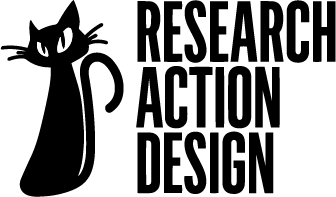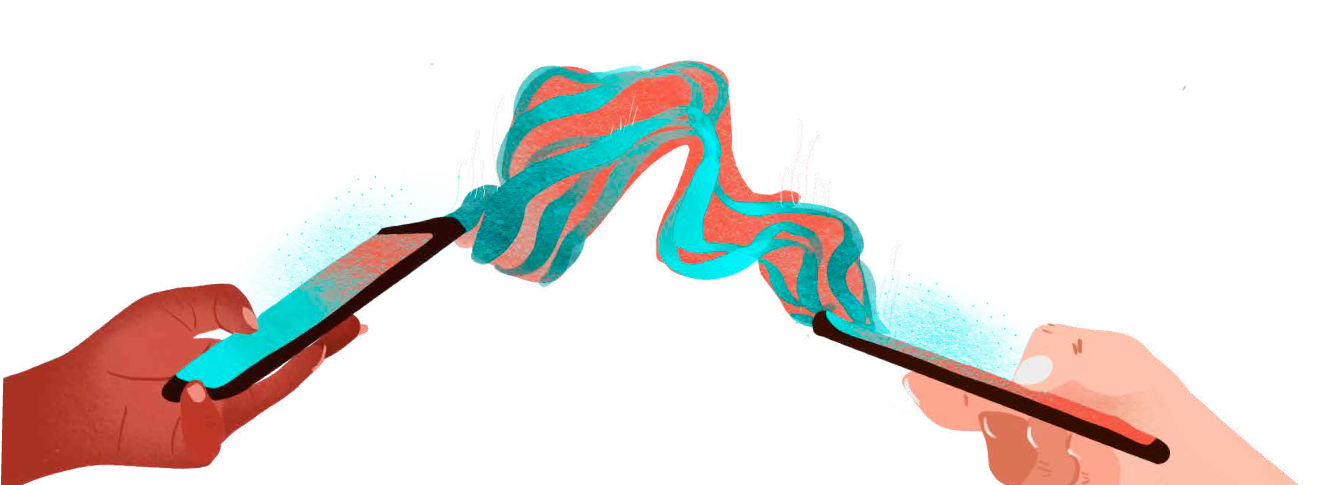Introduction
Since the founding of the United states, there has been a dovetailing of technology and criminalization targeted at communities of color. Historically, the state used technology as a tool to repress movement-building efforts and amplify the systems of oppression and violence that communities of color in the US experience. Today’s surveillance technologies and practices have roots in older forms of policing, incarceration, and colonial control dating back to the inception of the US nation-state. The logic behind predictive policing software derives from slave patrols, lantern laws, and stop and frisk. Facial recognition algorithms can be traced back to the eugenics movement. Biometric data monitoring was first introduced with colonization. In the late twentieth and twenty-first centuries, technological developments have accelerated the US government’s monitoring of communities of color, and, specifically, progressive and radical Black, Indigenous, and QT2SBIPOC movements. By relying on racist tropes and fear, the state has been able to continue these actions through invoking ‘white slavery’ myths, and rationalize mass surveillance laws (such as the PATRIOT ACT) by invoking fears of ‘foreign’ attacks on domestic soil. These historical connections make it plain that the state’s racist use of technology for the purposes of criminalization is not new and is cemented into the foundation of this country. What is new, however, is the rate and scale at which the development of surveillance technology is propelling mass criminalization in the US and Puerto Rico.
Mass surveillance has resulted in the hyper-policing of entire communities by law enforcement and government agencies. Mass incarceration in the US emerged within a context where surveillance served as a racializing mechanism of white supremacist statecraft. Surveillance practices established a way of coding enslaved African bodies as criminal and therefore subject to constant oversight (from which the term surveillance derives), confinement, and punishment in the form of slave patrols and biometric tracking. Safety and security are often conflated within state narratives to justify the use of these mass surveillance and other carceral technologies on the public. As we see with police surveillance of organizers, these narratives frame state-surveillance technologies as “smarter” methods to protect public safety and national security from a perceived ‘threat’. The racial biases of the creators are deeply embedded within the technologies themselves. Mass criminalization upholds and bolsters this network of practices with emergent surveillance technologies that have expanded the reach of the carceral state beyond physical confinement. In its current manifestation, mass incarceration is understood to be a set of policies that has caused an enormous rise in the number of Black and brown people in prisons and immigration detention centers. In 2020, more than two million people are currently incarcerated due to this system.
The collaboration of state and corporate actors has pushed mass criminalization into overdrive. The longstanding secretive state-based tactics used to track and surveil migrant communities, protestors, and sex workers, serve as an example of the ongoing threats that communities face. The current US administration's increased attacks on open-source technologies that movement organizations rely on for safety intensifies the threat of state-based violence. “Surveillance capitalism” propels and extends the structure of mass criminalization of communities of color in the United States. For example, in recent months, as a response to the COVID-19 pandemic, governments have begun using contact tracing technology—the use of personal location data on cell phones—to track the virus. Without safeguards, this technology can be repurposed to further surveil and repress organizers, particularly at protests. Internet shutdowns in the Global South in response to COVID-19 are further examples of the ways in which governments have co-opted technology to repress citizens, exacerbating inequalities in accessing timely health and other critical information.
“
We’re trying to think about how to confront mass criminalization, recognizing there are two million people in cages, but seven million more under some kind of surveillance. There are other systems through which people are criminalized, the child welfare and immigration systems, so many ways that criminalization funnels people into those cages but also creates cages outside of prisons.
“
—researcher and policy analyst
Frontline organizers are responding to these attacks with resilience and vision, creating intersectional strategies that shift power into the hands of the people who are historically denied it. They advocate for the investment in community-based solutions over carceral ones, while simultaneously fighting to demilitarize and defund the police and move resources to meet community needs. The massive mobilization in support of Black Lives in 2020 and calls to #DefundPolice are built upon years of Black-led organizing efforts to redefine public safety and accountability as needing to be led by communities rather than law enforcement agencies. For example, the recent corporate moratorium of facial recognition technologies being sold to police by companies like IBM, Amazon, and Microsoft illustrates a powerful movement win that is a direct result of organizing efforts.
Drawing from historical lessons and legacies of resistance, many organizers use an abolitionist approach which strives to eliminate policing and prisons and transform the social conditions that lead to and feed oppressive, violent systems of policing, punishment, and incarceration. The movement organizations highlighted in this report are reshaping the narrative around what it means to keep their communities safe and who gets to define what safety looks like. They are expanding the definitions of technology, and helping communities control and safeguard their personal data from the systems built to exploit it. Since this data is often used by the state to incriminate and bring harm to individuals’ bodies, such work is not merely valuable, but central to resistance and freedom.
However, there is a dearth of long-term funding to support the creation and development of movement-led infrastructure and to partner with these communities to design, test, and evaluate new technologies. Shifting power to communities to imagine abolitionist narratives of safety is critical. Calls for sustainable and long-term funding for political education, trauma-informed resources, movement-based research, safer communications, movement-technologies, and support for a free and open web, are needed now more than ever. This work requires help from forward-thinking funders who understand the need to couple support for innovation with support for the grassroots organizing that creates it.
This report, Technologies for Liberation: Toward Abolitionist Futures, lifts up the power of movement building and the ways in which organizers are innovating to create safe technologies and systems for the people they serve, centering QT2SBIPOC communities. This research is based on in-depth interviews with movement organizers, researchers, policy advocates and technologists; these and other data were collaboratively analyzed during a 3-day participatory analysis convening held in San Juan, Puerto Rico in 2019. Through these and other conversations, we identified key findings about some of the ways in which movements in the United States and Puerto Rico combat technologies in the service of criminalization, and how they are building transformative futures. We share our recommendations for funders prepared to support communities proactively transforming and re-imagining new futures outside of criminalization.




















